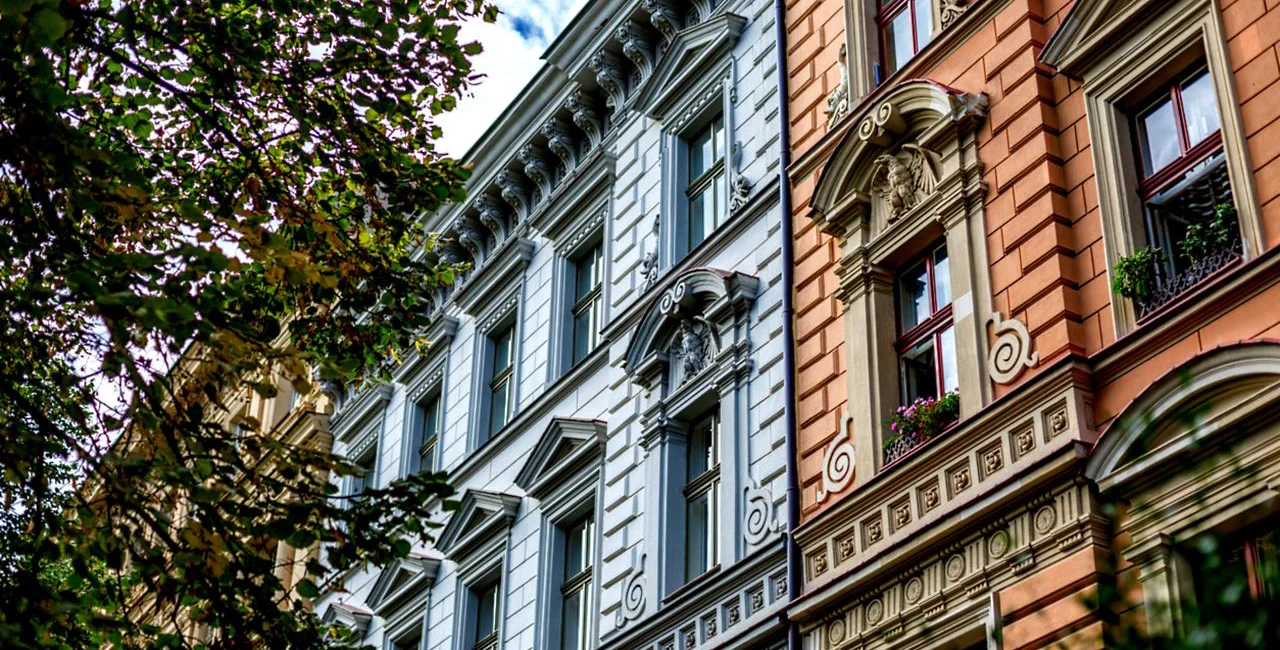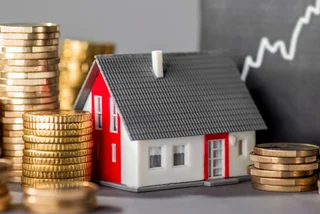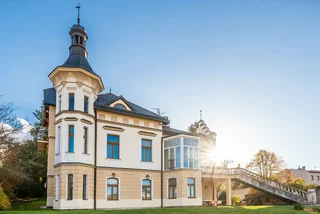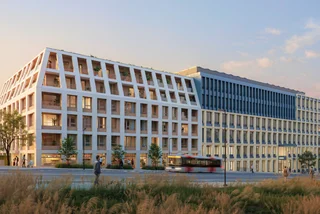The average price of rental housing in Prague fell by 2.6% in the first half of 2020. Rent is now around 300 CZK per square meter, according to an analysis prepared for City Hall by consultancy Deloitte.
From a long-term perspective, the level of Prague rents has been growing at a year-on-year rate of 7.4%. In 2014 and 2018, growth reached less than 3%, while in 2017 it exceeded 12.5%. The current decline in rents highlights lower demand for short-term leases in central parts of Prague, according to City Hall.
“The effect of the decline in tourism and short-term rentals on rents throughout Prague is obvious, but the effect on prices in the center is most significant; moreover, not all apartments for short-term rentals are adapted for standard use,” Prague Deputy Mayor Petr Hlaváček (United Force for Prague), responsible for territorial development, said.
“Also with regard to the current situation, there are thousands of university students in Prague who have stayed in their homes for distance learning who would otherwise be looking for housing in Prague at the end of the summer. Such factors must be taken into account if the situation begins to return to a more normal state,” he added.
The four Prague cadastral areas with the highest average rents per square meter are Malá Strana, Josefov, Nové Město (New Town) and now also Vinohrady, which has overtaken Staré Město (Old Town).
On the contrary, the cheapest cadastral areas include Lipence, Benice and Malá Chuchle, where the average rent in the first half of 2020 was around 200 CZK per square meter, of the larger urban zones the lowest rent is in Zbraslav and Bohnice.
“If we generally compare the development of rental and owner-occupied housing prices, it turns out that owner-occupied housing prices continued to rise in the first half of 2020, when rents fell,” Petr Hána, senior manager in the construction and real estate department of Deloitte, said.
“Furthermore, it is clear that there was a more significant difference in the growth rate of prices compared to rents in the first half of the period until about the beginning of 2017, when rents grew by an average of 3.4 percent in the first half, while real estate prices rose by an average of 5.3 percent,” he added.
According to the analysis, a comparison of the growth in the amount of rent of modern housing developments and heterogeneous buildings showed a similar growth trend in the development of rent, despite the differences in the price levels of individual locations.
However, a more detailed survey shows that the amount of rents in housing developments grew faster in 2017 and 2018, while in heterogeneous localization it was earlier, that is the growth of rents in the wider center was reflected with some delay throughout Prague.
The analysis also confirmed that the amount of rent is significantly affected by the availability of metro stations or, for example, proximity to major city parks.
Prague districts with the highest average rents
- 1.Malá Strana: 365 CZK/sqm
- 2.Josefov: 364 CZK/sqm
- 3.Nové Město: 336 CZK/sqm
- 4.Vinohrady: 334 CZK/sqm












 Reading time: 2 minutes
Reading time: 2 minutes 
























